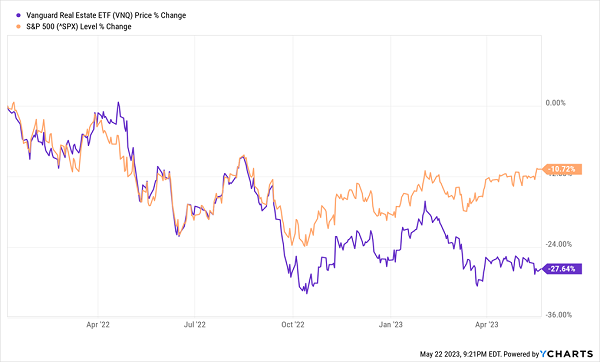Interest rates are trending lower, which means real estate investment trusts (REITs) are rallying. These “bond proxies” tend to move alongside bonds and opposite rates.
If you believe the economy is likely to continue slowing, then select REITs are intriguing income plays here. Especially those yielding between 7.2% and 13.2%, which we’ll discuss shortly.
As I’ve been saying for a few weeks, the real story is in longer rates, namely the 10-year Treasury. I spelled this out in a recent article.
To recap, Treasury Secretary Scott Bessent has been upfront that he and President Trump are focused on the 10-year Treasury rate (the “long” end of the yield curve), and not the Fed benchmark (the “short” end).… Read more



Recent Comments